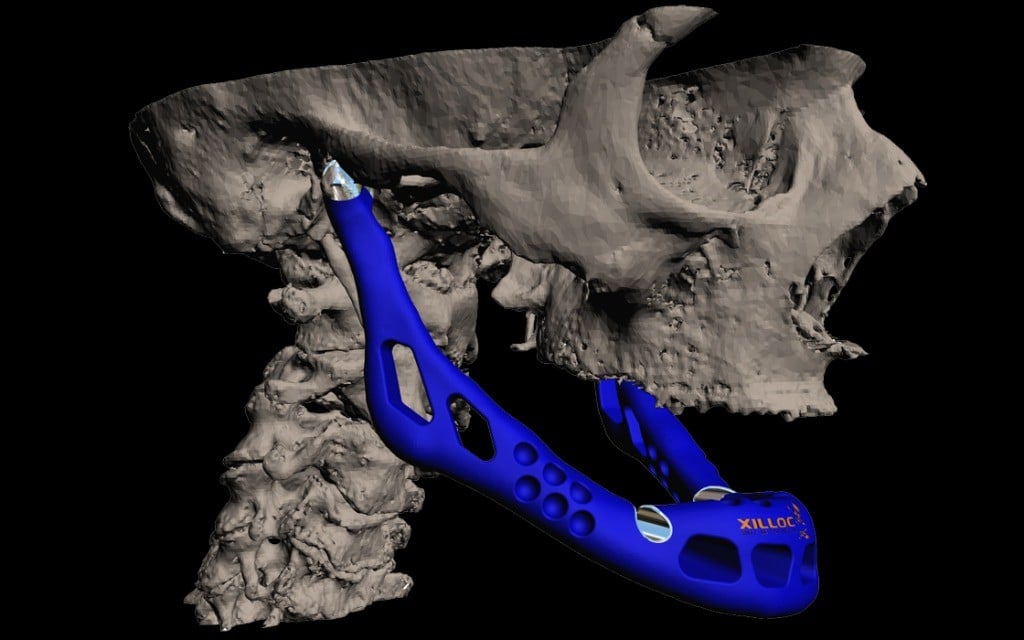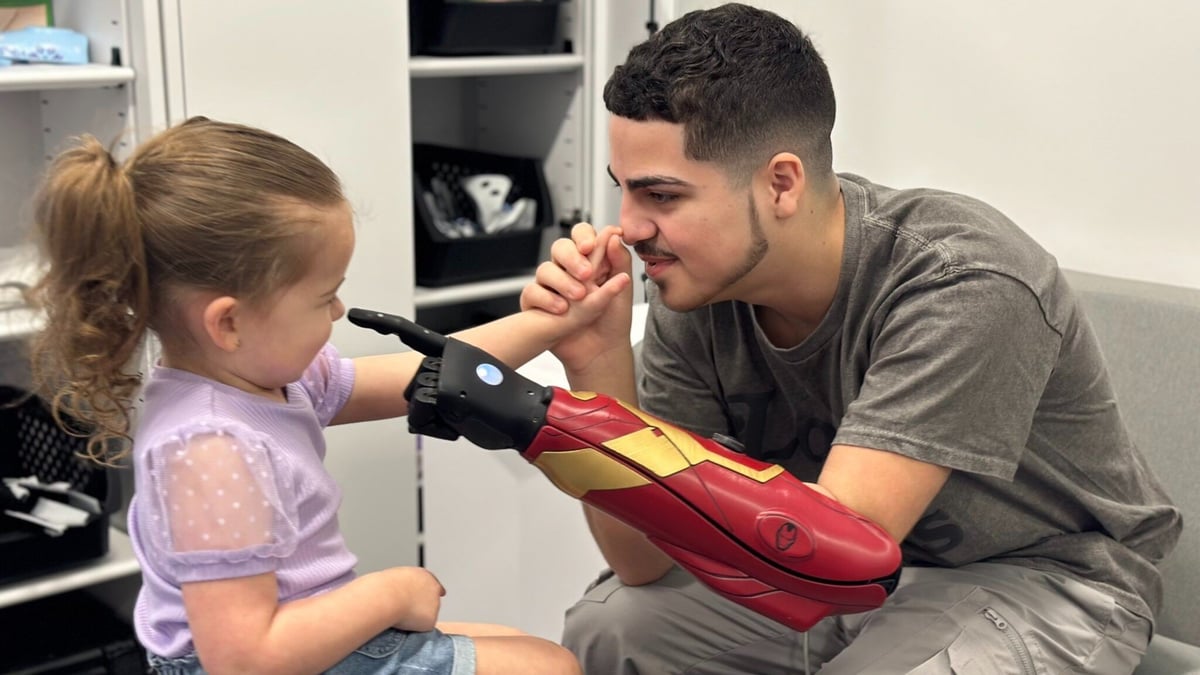3D printing has come a long way since its start, but when was that? If, like most people, you think of 3D printing as a new technology, you’re in for a surprise. While it’s true that the industry has made massive leaps forward in recent years, it’s all building on a base that goes back almost a century.
Since those early days, 3D printing has come to refer to a variety of specific technologies, some of the most common being fused deposition modeling (FDM), stereolithography (SLA), and selective laser sintering (SLS). The first peaks of 3D printing came when each of these technologies was developed, patented, and trademarked.
The next leap forward came when these patents began expiring, and more people could experiment with the technology. It’s this period of time, when FDM printing exploded in popularity, that many people mistakenly think of as the origins of 3D printing.
But which technology came first and when? Here’s our guide on the history of when 3D printing was invented.
1940s-70s: The Idea

The idea of 3D printing dates all the way back to 1945 when sci-fi writer Murray Leinster first described the technology with surprising accuracy in his short story “Things Pass By”. He envisioned a machine that could take his drawings and replicate them with a moving arm, using melted plastic to form 3D objects. Now somebody just needed to make his idea a reality.
It took a while for these ideas to move beyond fiction, but in 1971, we had a breakthrough with Johannes F. Gottwald filing a patent for a Liquid Metal Extruder. He envisioned this extruder to be just like an office printer, only it would print 3D objects with metal rather than words with ink.
Sounds an awful lot like FDM printing, huh? Unfortunately, Gottwald wasn’t able to make the technology a reality before the patent expired, and he’s often been forgotten as one of the fathers of 3D printing.
With the first patent yielding no results, the world of 3D printing remained nothing more than ideas. It’s at this point that David Jones came along with his popular column “Daedalus” in the magazine New Science.
Jones’ columns were popular must-reads each week in the new issues of New Science where he would predict the future. Okay, so the articles were satire that jokingly suggested how futuristic technologies could work.
Still, his ideas were impressive. He had a firm grasp of physics, chemistry, and engineering, and his humorous portrayal of science inspired generations of young thinkers to imitate his creativity in their labs. His jokes often hit close to home (including ideas that inspired future Nobel Prize winners), but most important for our history was one 1974 article in which he perfectly describes the stereolithography process. This was a full decade before Chuck Hull came along to make SLA printing a reality. (We’ll get to Chuck in a moment.)
Unfortunately for Jones, he’s never credited with this idea, since his suggestion was tongue-in-cheek, but he still deserves a mention in the long history of 3D printing evolving from idea to reality.
1981-1984: A Lack of Funding

The 1980s are when 3D printing ideas became reality. Unfortunately, the first half of the decade was filled with promising patents from investors that either ran out of money or were financed by groups that failed to see any commercial applications that could recoup their investment.
The first prominent patent of the decade was filed by Japanese inventor Dr. Hideo Kodama in 1981. He described his invention as a “rapid prototyping device”. More importantly, he was the first person to ever apply for a patent that described a laser beam curing process. Sadly, his patent never went through, as he abandoned financing the patent one year after filing it.
Next up was a trio of French inventors who came forward with a patent in 1984. Jean-Claude André, Olivier de Witte, and Alain le Méhauté were colleagues working for French technology firm Alcatel and the French National Center for Scientific Research (CNRS). They followed Dr. Kodama’s focus of a “rapid prototyping device” to produce complex parts.
De Witte had previous experience working with lasers to cure solids and viewed this technology as the best option to employ in rapid prototyping. Unfortunately, their employers at Alcatel and the CNRS weren’t interested in the technology, and the trio was unable to fund their project after applying for the patent, forcing them to abandon the idea.
1984-1988: The Invention of Stereolithography

1984 beat Orwell’s expectations and proved to be a breakthrough year for the emerging technology of 3D printing. Across the pond from the French trio, the US Patent Office granted Bill Masters the first-ever approved patent for any form of technology that now falls under the umbrella of 3D printing.
Fun fact, Masters is also the inventor of the kayak after filling over 30 patents for its design! Less fun is the fact that Masters ultimately abandoned his work on 3D printing (after producing a working machine in the early 1990s) to focus on his growing kayak business.
This is where Charles “Chuck” Hull, the father of 3D printing, comes in. In 1984, he filed a patent for a stereolithography system, just three weeks after the trio in France filed for theirs. Hull’s idea was to use his company’s UV lamps to cure photosensitive resin layer by layer to create small custom parts.
His patent was approved in 1986, and he started his own company: 3D Systems. Two years later, they released the groundbreaking first commercially available 3D printer – the SLA-1 – in 1988. Beyond the spectacular machine itself, Hull also developed the STL file format and digital slicing process that remain crucial to the 3D printing industry to this day.
1988-1993: The Other Methods

So, now you’ve seen that SLA printing was the first to hit the market, but FDM and SLS printing weren’t far behind. Both had their first approved patents filed in 1988.
Selective laser sintering was first invented down in Texas by university student Carl Deckard. Only an undergrad at the time, his printer was rudimentary and could only produce basic pieces of plastic. Still, the idea was there, and the execution soon developed into the SLS printing we know today.
Also filed in 1988 was the patent for a fused deposition modeling machine by Scott Crump, a co-founder of Stratasys. It took until 1992 for the patent to be granted, but Stratasys was quick to grab the lead in 3D printing with their new FDM machines.
This period ends with what may be the root cause of the confusion over how long 3D printing’s been around. In 1993, MIT professor Emanuel Sachs introduced the term “3D printing” to the lexicon, and the industry formerly known as “rapid prototyping” never looked back.
2000s: The Market Comes to the Masses
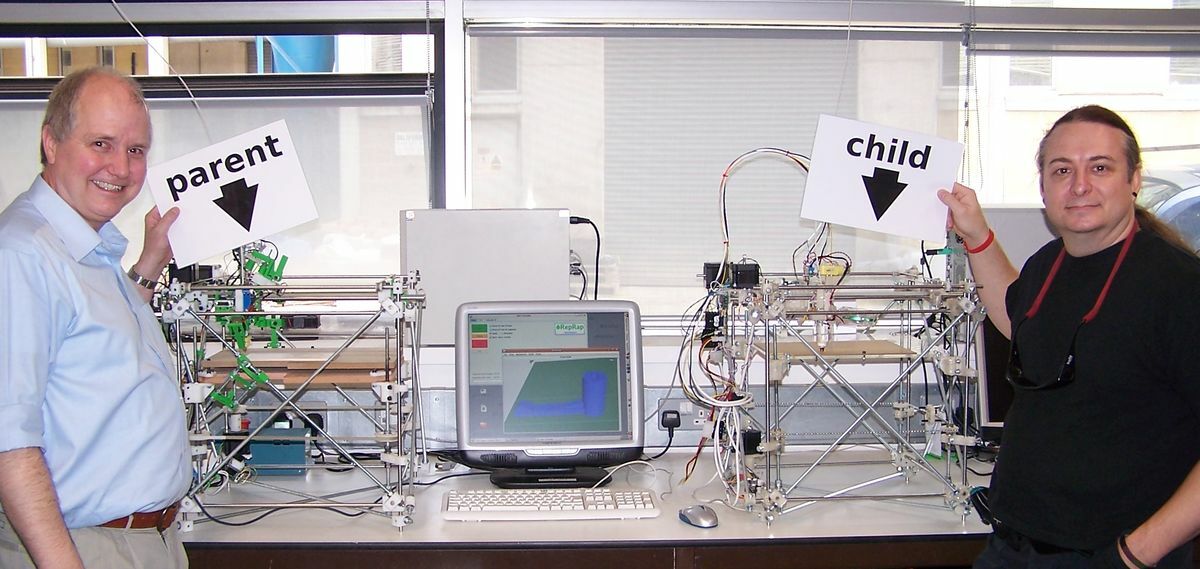
Now comes the era when most people learned about 3D printing. A variety of events are responsible for this proliferation, starting with Zcorp introducing a multicolor 3D printer in 2000. They repurposed the inkjet printing technology common to household full-color printers, adapting it to print colorful 3D objects.
The next important development came in 2004 with Adrian Bowyer starting the RepRap movement. His goal was to use 3D printers to manufacture more 3D printers, thus creating self-replicating machines.
The idea was a few years away from reality but quickly gained popularity in the 3D printing community, notably including Prusa Research founder Josef Průša. Reprap self-replicating machines have been heralded as the future, with some believing they could start a second industrial revolution, bring an end to global capitalism, and save the environment. Nothing like reaching for modest goals, huh?
The industry took another major leap forward in 2006, with Objet introducing the first commercially available desktop 3D printer, ushering in a new era of at-home hobbyists being able to experiment with 3D printing.
But what fun would that be if they couldn’t exchange designs and print ideas? Well, that market gap was quickly filled by Thingiverse, which launched in 2008.
While all this was occurring in the hobbyist and consumer segments of 3D printing, Cornell University achieved a scientific breakthrough by introducing the first 3D food printer in 2011. The technological advances quickly caught many corporate eyes, and several major companies introduced 3D printing divisions in the following years, including both GE and HP in 2016.
Patents End
The 2000s were also the end of an era, as the patents that launched the dominant technologies in the 80s and 90s expired. The first patent to go was for SLA technology in 2009, the one Chuck Hull had filed to bring his SLA-1 printer to market.
Next to pass its best-before date was Stratasys’ patent for FDM technology, also in 2009. Interestingly, although the patent expired, Stratasys still has a trademark on the term FDM, which forces some of their competitors to either make a deal with them to use the terminology that’s popular with consumers and media (including us here at All3DP). The alternative is the less common term “fused filament fabrication” (FFF).
With these patents ending in 2009, competitors were quick to the market with new DIY printer kits. These kits were available at a far lower cost than before, ignoring the commercial industrial market Stratasys had focused on. Instead, manufacturers aimed to connect with individual consumers and the burgeoning hobbyist community congregating online around Thingiverse, Objet, and Reprap technology. The most notable DIY kit providers were BfB Rapman and Makerbot, both introducing their FDM products in 2009 shortly after the patent expirations.
It took a bit longer for SLA printers to attract hobbyist attention, but Formlabs was able to break through to this market in 2012 when they launched the first realistically affordable SLA printer for consumers, the Form 1, via a Kickstarter campaign.
The era of patents came to an end almost entirely in 2014 with the expiration of SLS patents. Now, the technology of all three major forms of 3D printing is in the public domain, free to be experimented with and improved upon.
Health 3D Printing
While all these patents were ending, there were also major breakthroughs in labs around the world focusing on medical 3D printing. One of the first headline-grabbing medical breakthroughs was the implantation of the first laboratory-grown organs – human bladders – in 1999. The patients’ own cells were grown around 3D printed biodegradable scaffolds, then implanted about eight weeks later in the patients. The researchers at Wake Forest University School of Medicine published their results in 2006, reporting better outcomes than the best treatments at the time.
The innovations just kept coming. In 2007, the first 3D printed hip cup was implanted in a patient, and since then, over 100,000 patients have benefitted from the technique. Since 2008, researchers at Georges Pompidou Hospital at Paris Descartes University have been working with Materialise to develop and 3D print patient-specific implants to replace damaged facial bones. And in 2011, the world saw the first 3D printed jaw reconstruction.
2012-2013: Mainstream & Controversy
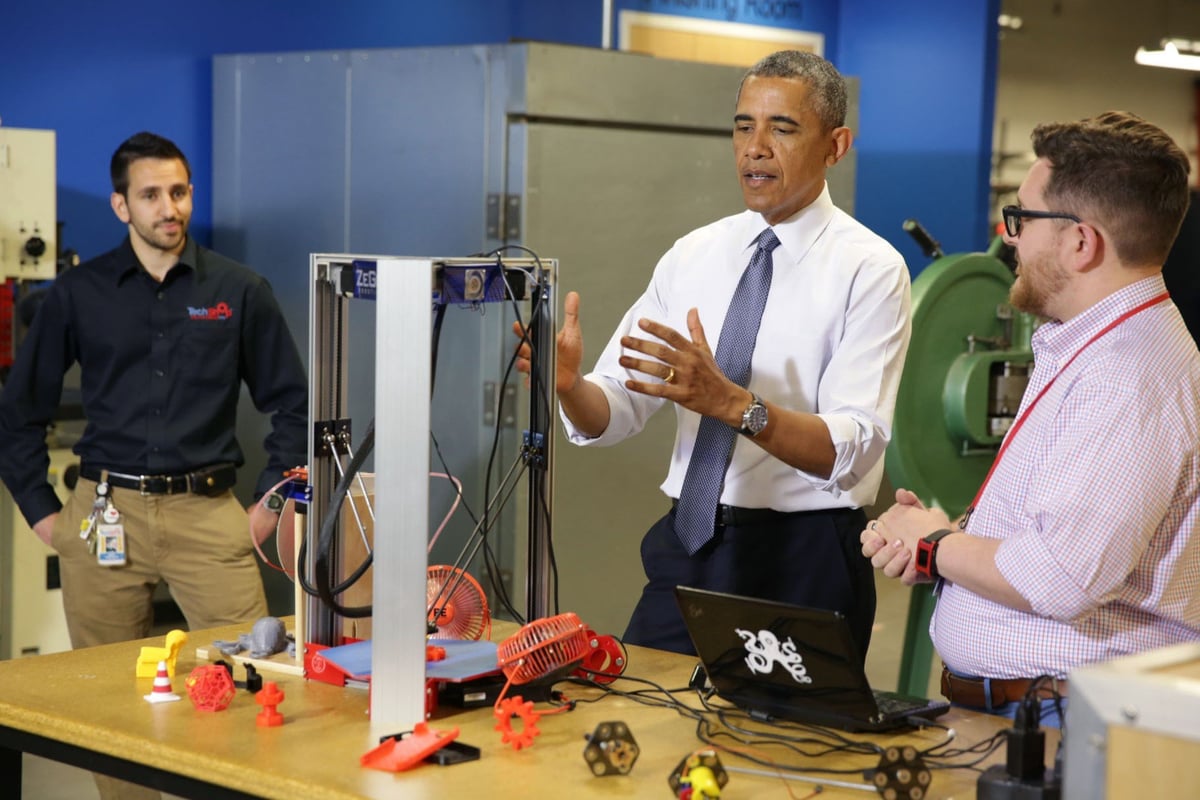
With Stratasys’ patents expiring, the company has turned to a new strategy in recent years to dominate the 3D printing industry: acquiring its competitors. In 2012 and 2013, deals were reached for Stratasys to buy Objet and Makerbot, groundbreaking companies we previously noted for their roles in the history of making 3D printing accessible to hobbyists.
This wasn’t the only controversy-grabbing headline in 2013. 3D printing also burst into the mainstream after the first gun was successfully 3D printed, prompting many a debate when the designs were made available online.
Fortunately, this controversy wasn’t enough to slow 3D printing’s momentum, which only exploded more after Barack Obama embraced the technology and discussed 3D printing in his 2013 State of the Union address. 3D printing was officially mainstream, with the technology and terminology entering the public lexicon.
On the health front, the mainstreaming of 3D printers led to the rise of 3D printed prosthetic limbs. A collaboration between Ivan Owen and Richard van As to create a functional finger replacement shifted gears when Owen began researching 3D printing to prototype a prosthetic hand for a child.
With two donated Makerbot printers, Owen created the first 3D-printed mechanical hand in late 2012, and by early 2013, the designs were shared on Thingiverse. Their efforts spurred a grass-roots initiative among makers and community-based organizations who developed and spread 3D printed prosthetic solutions in their communities. Designs from e-Nable and Robohand, for example, can still be found on Thingiverse.
2014-Present: The Future Is Now
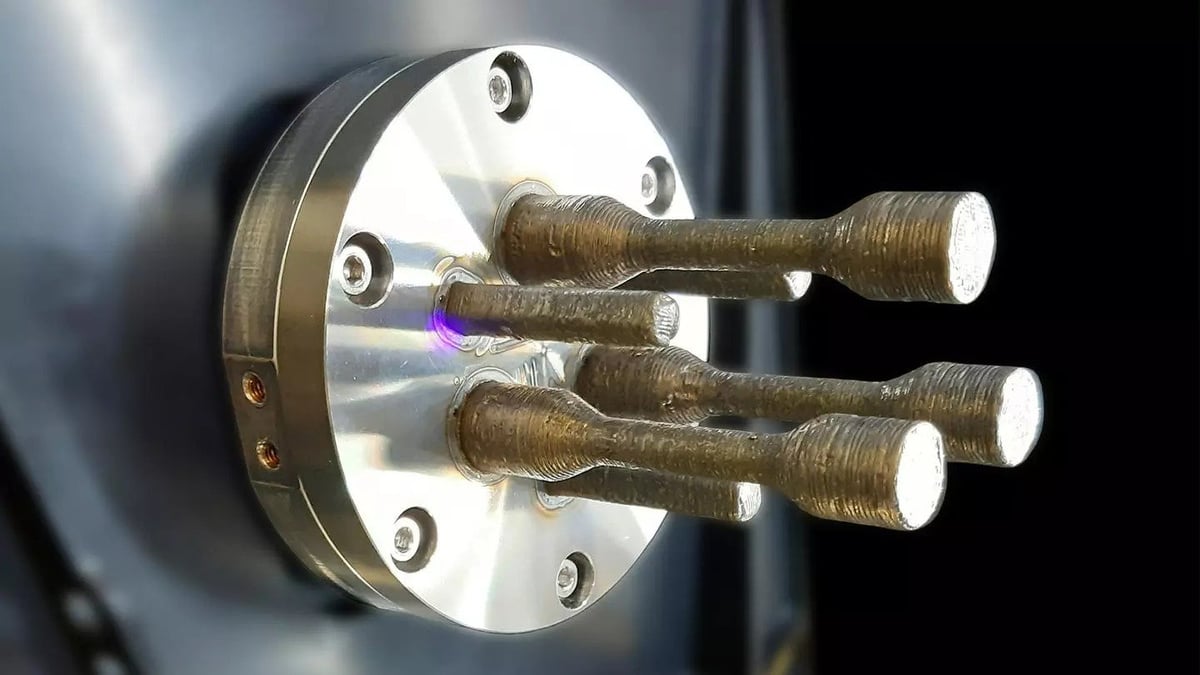
2014 saw 3D printing literally leave this world with NASA taking a printer into space and successfully using it on the International Space Station. In 2024, the first metal 3D printer in space hopped aboard the ISS, thanks to the help of the European Space Agency.
More recent projects include moon-bound construction companies like AI Space Factory’s Project Lina, which plans to print an operations base there using moon dust and polymer binder. What had long been theorized in sci-fi became a reality and potentially signals the future of the 3D printing industry.
Back on Earth, multiple companies worked not to be outdone by NASA and space, most notably in the medical field. The first came in 2015 with Cellink announcing the first commercial sale of “bioink” that allows the 3D printing of body tissue. Today, 3D printing continues to be used for medical needs of ever-increasing complexity.
Cerhum, a medical device company in Belgium, received European Medical Device regulatory approval in 2022 for MyBone, a custom-printed bone graft using biocompatible ceramic. 3D printed scaffolds of other critical organs, like lungs, also seem close to becoming reality.
While it may feel less glamorous, an equally major milestone arrived in 2018 with the first family moving into a fully 3D printed home. While originally envisioned as a cost-effective way to build affordable homes around the world, the technology continues to evolve with homes recently being built for luxury buyers.
Between these various achievements, it’s safe to say the future has arrived.
Tomorrowland

We’ve listed many impressive advancements from recent years, but it’s important to remember that most are only in the early stages of development. They have a long way to go before reaching their full potential, meaning that there will be many more technological breakthroughs to amaze us.
Luckily, it seems like we’re just starting to venture into the vast possibilities of 3D printing technology. It won’t be long before we hear of another breakthrough innovation attributed to 3D printing. There are several things we’re keeping our eyes on like the continuously printed carbon fiber composites from Continuous Composites and work with responsive materials in a process known as 4D printing.
We can’t predict where 3D printing will go from here, but we can marvel at the amazing journey the futuristic technology has already been on.
License: The text of "History of 3D Printing: When Was 3D Printing Invented?" by All3DP is licensed under a Creative Commons Attribution 4.0 International License.



